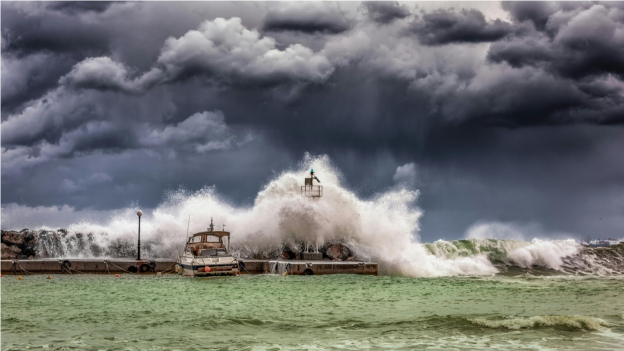
Clearwater, with its stunning coastal views and warm, inviting beaches, is a paradise for many. Situated along the Gulf Coast, Clearwater is no stranger to severe weather and the potential for flooding. In this blog, we explore the importance of immediate flood restoration for Clearwater properties. We will delve into the ripple effect of delayed action, the multi-faceted benefits of immediate restoration, and the human element of protecting lives and livelihoods.
The Ripple Effect of Delayed Action
When it comes to flood restoration, time is of the essence. Delaying action, even for a short period, can have a cascading effect, leading to increased damage and costs. Let's explore this ripple effect in detail:
An illustrative Example
Imagine a scenario where a homeowner in Clearwater experiences flooding in their basement. Initially, they decide to wait a few days to see if the water recedes on its own. However, during this time, the standing water seeps into the walls and foundation, weakening the property's structural integrity. What could have been a minor cleanup job now requires extensive repairs and restoration.
Domino Effect of Secondary Damages
One of the primary dangers of delaying flood restoration is the onset of secondary damages. Mold growth is a common consequence of prolonged exposure to moisture. Once mold takes hold, it can spread rapidly, causing respiratory issues and further compromising the property's safety. Additionally, prolonged exposure to water can lead to wood rotting and metal corrosion, further exacerbating the damage.
Importance of Swift, Decisive Action
The key takeaway from this ripple effect is the critical importance of swift and decisive action. By addressing flood damage promptly, homeowners can minimize the extent of the damage and the associated costs. Professional restoration services can quickly assess the situation, remove standing water, and begin the drying and dehumidification process, reducing the risk of secondary damages.
Immediate Flood Restoration: A Multi-Faceted Solution
Immediate flood restoration is not just about fixing the visible damage; it is a comprehensive solution that addresses multiple aspects of flood damage. Here's how immediate restoration serves as a multi-faceted solution:
Structural Deterioration and Long-Term Decay
One of the primary benefits of immediate flood restoration is the prevention of structural deterioration. Floodwaters can weaken building materials such as wood, drywall, and insulation. If left unchecked, this can lead to long-term decay and compromise the integrity of the property. Immediate restoration helps mitigate these risks by promptly removing water, drying out the affected areas, and repairing or replacing damaged materials.
Property Value and Insurance Premiums
Flood damage can significantly impact the value of a property. Stained walls, warped floors, and musty odors can make a property less desirable to buyers. By addressing flood damage immediately, homeowners can preserve the value of their property and potentially avoid costly repairs in the future. Additionally, insurance companies may view proactive restoration efforts favorably, which could lead to lower insurance premiums.
Peace of Mind and Sense of Security for Homeowners
Floods can be traumatic experiences for homeowners, leading to feelings of anxiety and insecurity. Immediate restoration efforts can help restore peace of mind by quickly returning the property to a safe and habitable condition. Knowing that professionals are restoring their home can provide homeowners with a sense of security and reassurance during a challenging time.
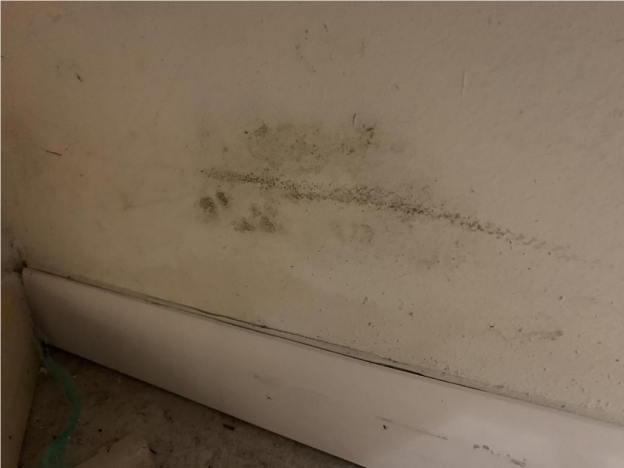
The Human Element: Protecting Lives and Livelihoods
Flood damage is not just about repairing buildings but about protecting the people and memories that make a house a home. Here's how immediate flood restoration plays a crucial role in safeguarding lives and livelihoods:
Personal Safety and Health Risks
Floodwaters can pose significant risks to personal safety. From electrical hazards to contaminated water, the dangers associated with flood damage are numerous. Immediate restoration efforts prioritize the safety of occupants by quickly removing standing water, eliminating hazards, and ensuring that the property is safe to inhabit. Additionally, prompt restoration can help mitigate health risks associated with mold growth and exposure to contaminants, protecting the health and well-being of residents.
Irreplaceable Belongings and Memories
For many homeowners, their property is not just a house but a repository of cherished memories and irreplaceable belongings. Flood damage can threaten these precious items, from family heirlooms to photographs and personal mementos. Immediate restoration efforts focus on salvaging and restoring these items, helping homeowners preserve their memories and treasured possessions.
Fostering Community Resilience and Recovery
Floods can have a devastating impact on communities, disrupting lives and livelihoods. Immediate restoration plays a crucial role in community resilience and recovery by helping to restore normalcy as quickly as possible. By restoring homes and businesses promptly, restoration efforts contribute to the overall recovery of the community, fostering a sense of resilience and unity among residents.
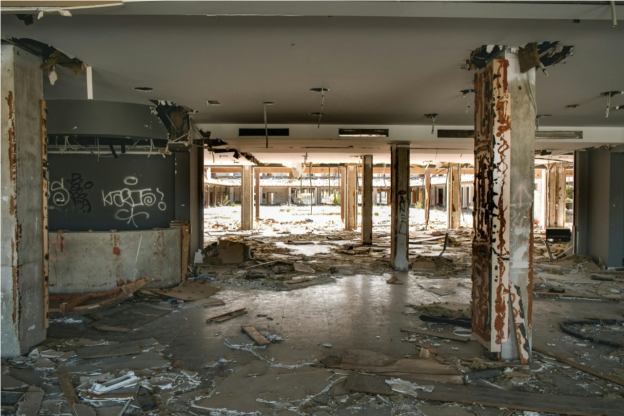
Beyond the Surface: The Science of Restoration
Flood restoration is not just about cleaning up visible damage; it is a science that involves advanced techniques, professional expertise, and a commitment to sustainability. Here's a look at the key aspects of the science of restoration:
Advanced Restoration Techniques and Technologies
Modern flood restoration relies on a variety of advanced techniques and technologies to effectively restore properties. This includes the use of industrial-grade water extraction equipment to remove standing water, high-powered drying equipment to dry out affected areas, and specialized cleaning agents to remove mold and mildew. Additionally, advanced restoration techniques such as structural drying and dehumidification can help prevent long-term damage and decay.
Professional Expertise in Assessing Hidden Damages
One of the challenges of flood restoration is assessing and addressing hidden damages. Water can seep into walls, floors, and ceilings, causing damage that is not immediately visible. Professional restoration experts are trained to identify these hidden damages using advanced moisture detection equipment. By addressing hidden damages early, professionals can prevent further deterioration and ensure thorough restoration of the property.
Eco-Friendly Practices for Sustainable Restoration
Sustainability is a key consideration in modern flood restoration. Many restoration companies now integrate eco-friendly practices into their operations, such as using environmentally friendly cleaning agents and promoting energy-efficient drying techniques. These practices reduce the environmental impact of restoration and contribute to a healthier indoor environment for occupants.
Trust Flood Pros USA for immediate flood restoration services. Our expert team provides 24/7 flood cleanup assistance, ensuring fast and efficient emergency water damage cleanup. With our professional storm damage restoration, your property in Clearwater will be restored to its pre-damaged state swiftly and comprehensively. Don't wait! Contact Flood Pros USA.
Subscribe to Flood Pros USA's Blog

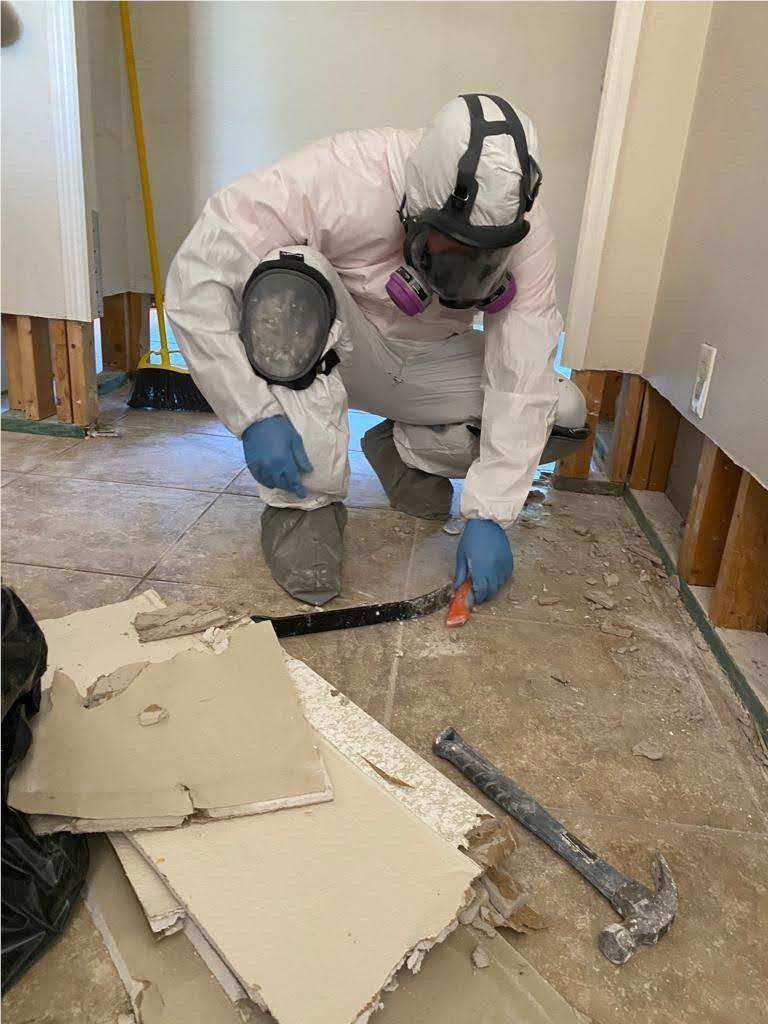

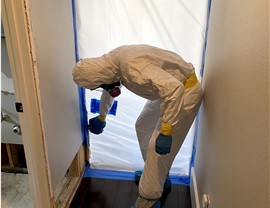
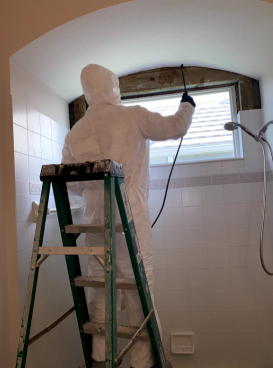
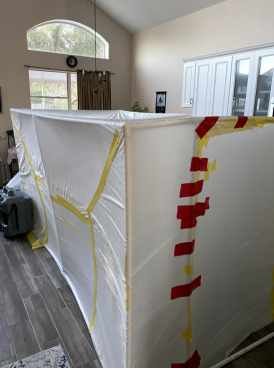

Comments